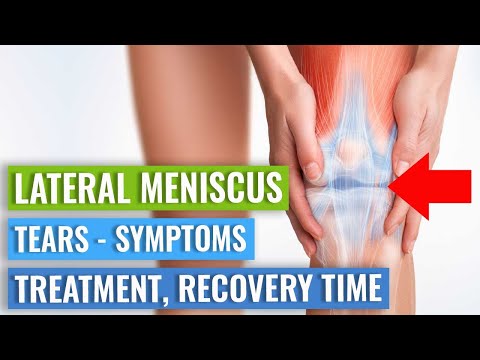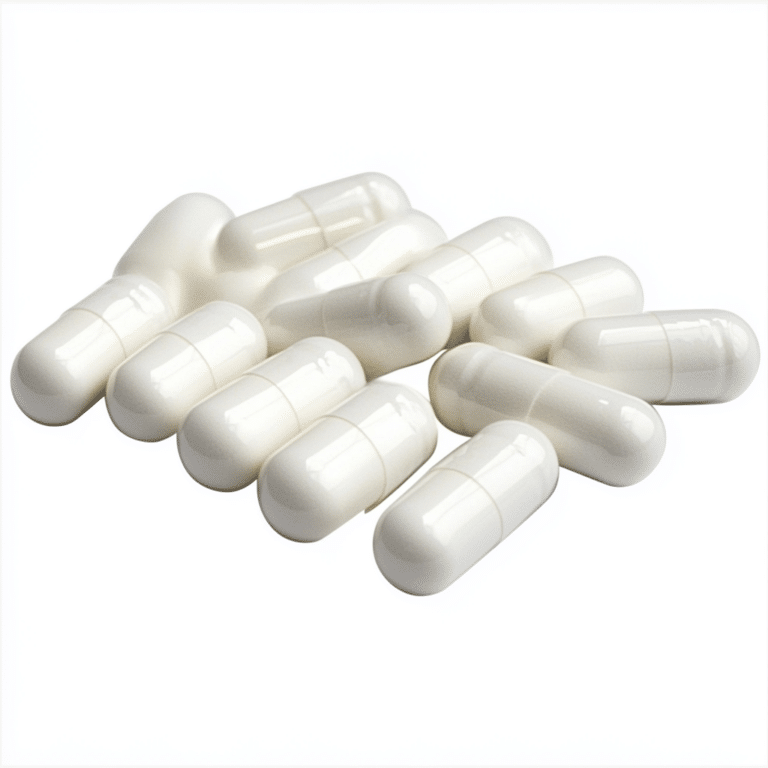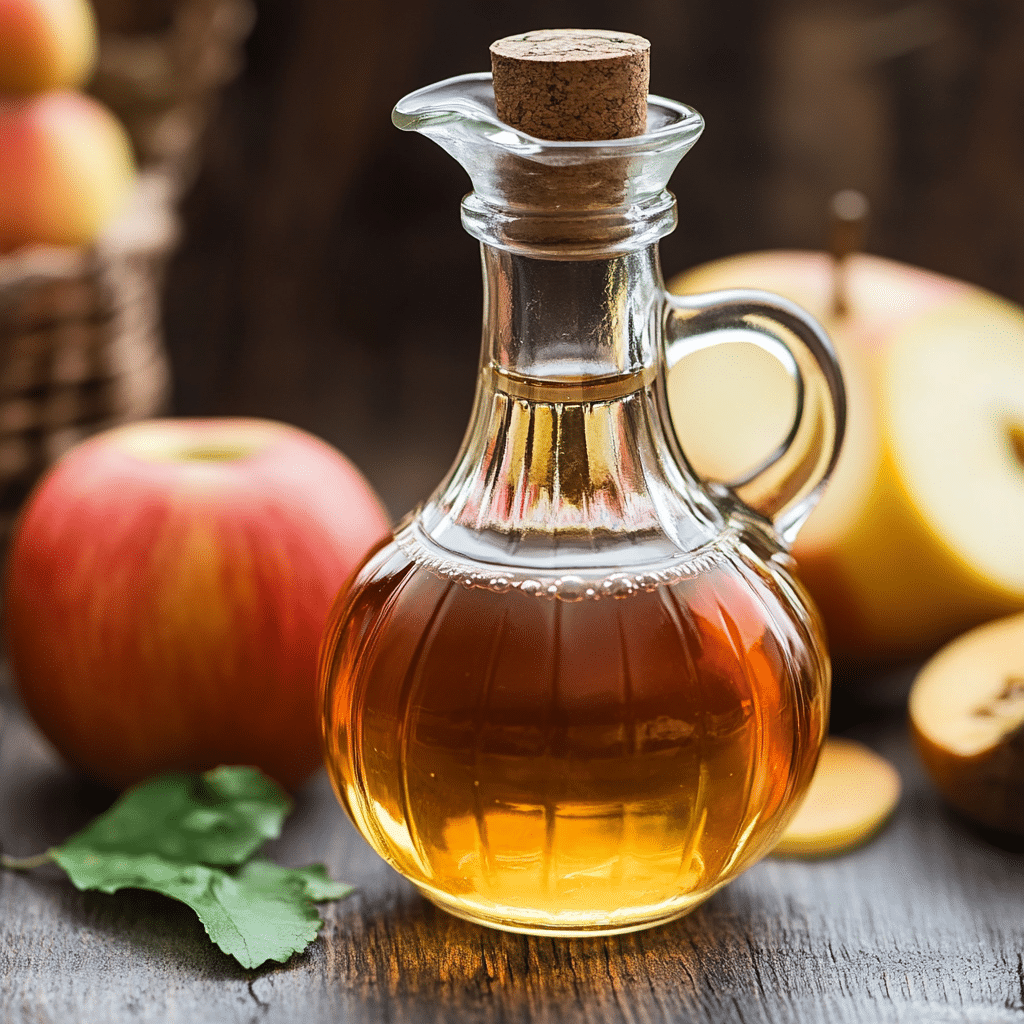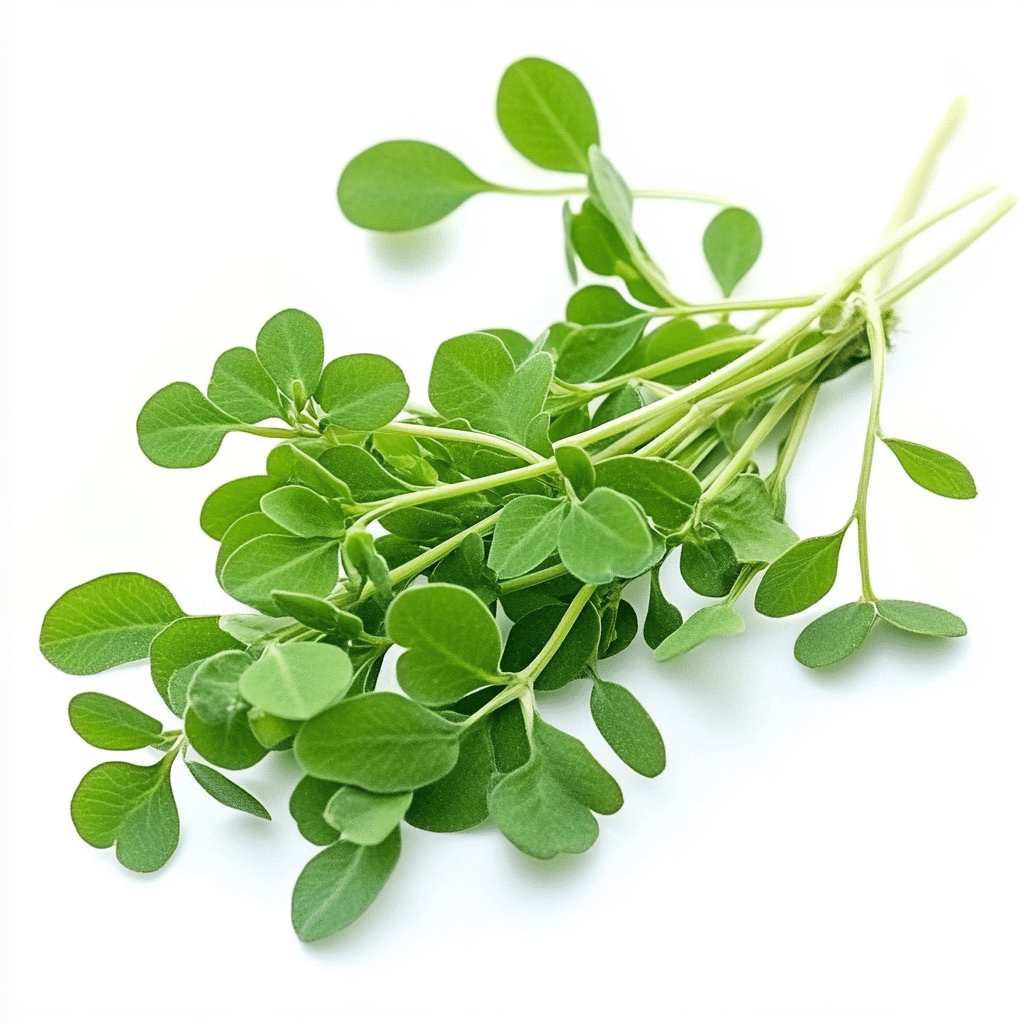Knee pain got you down? If you’re facing meniscus tear surgery, you’re not alone. This common procedure is vital for anyone dealing with a torn meniscus, which is crucial for keeping your knee joint stable and absorbing shock during activities. Every year, around 850,000 meniscus surgeries occur in the U.S. alone, and understanding this procedure can set you on the path to recovery. Meniscus tear surgery can be a game-changer, helping you get back to the gritty workouts that forge those ripped six packs. So, buckle up and let’s dive into everything you need to know!

1. Understanding Meniscus Tear Surgery
Meniscus tear surgery is mainly about repairing or removing the torn cartilage in your knee. This cartilage, known as the meniscus, works hard to stabilize your knee, whether you’re hitting the weights or just moving through life. When it tears, you might experience pain, swelling, and a limited range of motion, making surgery a necessary option to regain mobility.
There are two main types of surgery: meniscectomy, which involves removing the damaged tissue, and meniscus repair, where doctors stitch the cartilage back together. Factors like age, activity level, and the type of tear will dictate which method is best for you. This highlights how crucial it is to seek personalized medical advice. Just like when you’re trying to get ripped, there’s no one-size-fits-all solution.

2. Top 7 Factors Influencing Meniscus Surgery Recovery
Now we’re getting to the good stuff—how to bounce back strong after meniscus surgery. Recovery isn’t a “set it and forget it” kind of deal; it requires dedication and an understanding of what influences your recovery. So, let’s break down the top seven factors that can make or break your comeback:
1. Type of Surgery
The type of meniscus surgery you undergo has a huge impact on how fast you recover. If you have a meniscectomy, recovery can take just a few weeks, often allowing you to put weight on the leg sooner. On the flip side, if you opt for meniscus repair, you might need a longer healing time, often several months, to get back to full strength.
2. Rehabilitation Protocol
Following a structured rehabilitation program is fundamental. Physical therapy plays a critical role in getting you back on your feet. Clinics like Athletico Physical Therapy emphasize the importance of exercises that strengthen the surrounding muscles and improve your range of motion. Don’t skip out on this—it’s your ticket to recovery!
3. Age and Overall Health
Let’s face it: age matters. Younger folks, especially athletes, tend to bounce back quicker than older adults or those with pre-existing health issues. Research backs this up—younger patients often return to pre-injury performance levels faster compared to older patients who might need to amend their routines post-surgery.
4. Compliance with Post-operative Instructions
Want to speed up your recovery? Then stick to your doctor’s orders! Patients who follow post-operative care instructions—like resting, elevating the leg, and sticking to physical therapy sessions—usually have better outcomes. Studies show a solid correlation between compliance and effective recovery times.
5. Nutritional Support
Fuel your body right! Proper nutrition significantly affects healing. Eating protein-rich foods, loading up on Vitamin C for collagen production, and incorporating omega-3 fatty acids can reduce inflammation and speed up recovery. Brands like Garden of Life offer organic protein powders that can help support your post-surgery diet.
6. Psychological Factors
Don’t underestimate the mind! Mental health plays a big role in physical recovery. Anxiety or depression post-surgery can slow your healing. Programs focusing on mindfulness, like those from Headspace, can help enhance your mental and physical recovery.
7. Presence of Comorbidities
If you’ve got other health conditions—like arthritis or previous ACL injuries—you might face a tougher road to recovery. Comorbidities can complicate things, requiring longer rehabilitation and a specialized approach.

3. Comparing Meniscus Surgery to Other Major Procedures: Insights and Implications
When you start weighing options for your knee pain, comparing meniscus surgery to other major procedures might be worthwhile. For instance, take a look at ACL surgery and even life-altering procedures like triple bypass surgery or open heart surgery.

4. Innovation and the Future of Meniscus Surgery
Hold on, because things are evolving fast! Innovations in regenerative medicine and minimally invasive techniques are enhancing recovery outcomes for meniscus tear patients. Techniques like platelet-rich plasma (PRP) injections are currently being researched for their potential to accelerate recovery by promoting natural healing in the knee.
Moreover, advancements in arthroscopic techniques are minimizing damage to surrounding tissues, leading to quicker recovery times. As we head deeper into 2024, empower yourself with the latest information about meniscus tear surgery and don’t shy away from new options. Embracing technology and sticking to recovery protocols can transform your experience, allowing you to jump back into sports and activities with renewed strength.
So, whether you’re nursing a torn meniscus or looking to optimize your recovery, remember that knowledge is power. The journey to getting shredded doesn’t have to stop; it can just take a different route. Own your recovery and let the beast within you thrive!

Meniscus Tear Surgery: Fun Facts and Trivia to Brighten Your Recovery
What’s the Buzz about Meniscus Tears?
Did you know that the meniscus is kind of like a cushion for your knee? This crescent-shaped cartilage can handle significant stress, but it’s often prone to injury, especially in athletes or anyone who loves an active lifestyle. When folks undergo meniscus tear surgery, they usually want to bounce back to their feet quickly. Interestingly, studies have shown that these surgeries often lead to remarkable recovery rates—sometimes as high as 90%! Talk about coming back strong! And while you’re waiting for your knee to heal and pondering about other interesting topics, have you ever considered how 1kg in Pounds translates? It’s a handy conversion to know, especially if you’re lifting weights back at the gym after your recovery.
The Road to Recovery
Recovery from meniscus tear surgery isn’t just about physical healing; it’s an opportunity to learn a few facts along the way! For instance, did you know that 3/4 of the people who experience a meniscus tear are men? This might make you wonder about the roles of biomechanics or even lifestyle choices contributing to this injury. As couples explore shared interests like tattoos, they might be surprised to learn that certain Types Of Piercings can affect physical activities too—just something to keep in mind as you recover. Plus, while you’re resting, it could be worth checking out something exciting, like the Paris Hilton documentary—you might discover a whole new perspective on life!
Trivia to Spice Up Rehabilitation
As you embark on your post-surgery journey, there are several fun tidbits to keep your spirits up. For example, while navigating ongoing rehabilitation, you may have questions like, Does peanut butter go bad? which could play into healthy snacking habits during recovery! Ensuring your diet is on point not only fuels healing but keeps you feeling good. Also, recovery time can vary, with many feeling back on their feet within weeks. But just like spotting a Paypal scam email, getting the right information about your surgery and recovery is crucial—misleading details can set you back. All in all, meniscus tear surgery is a pathway for a better future in mobility and an opportunity to enjoy life’s playful trivia along the way!



























